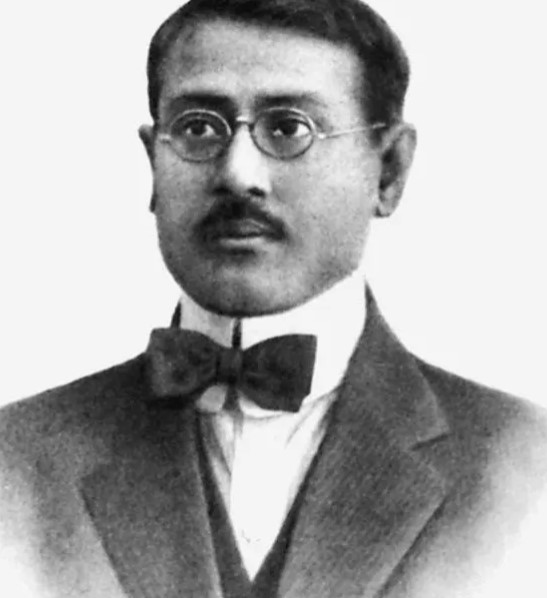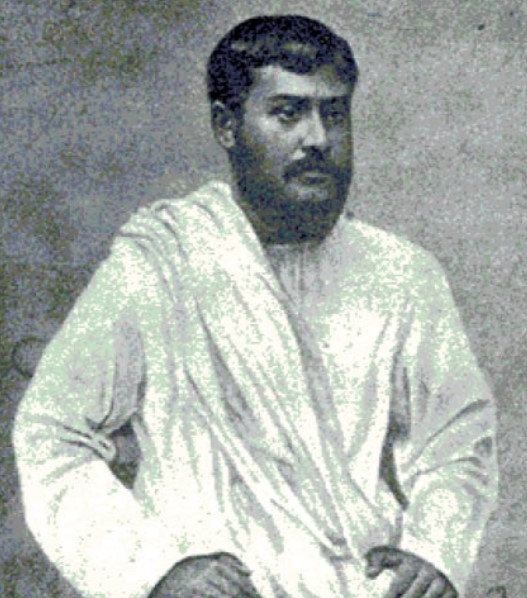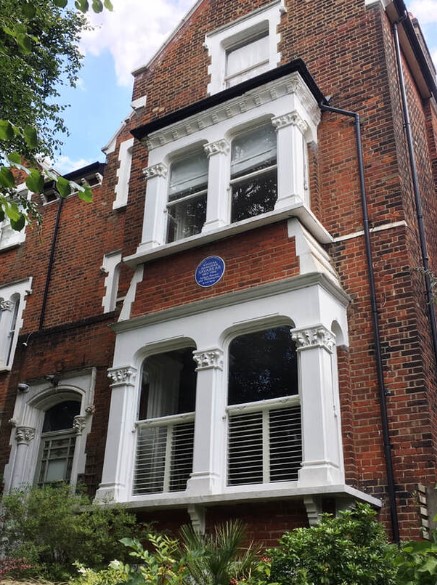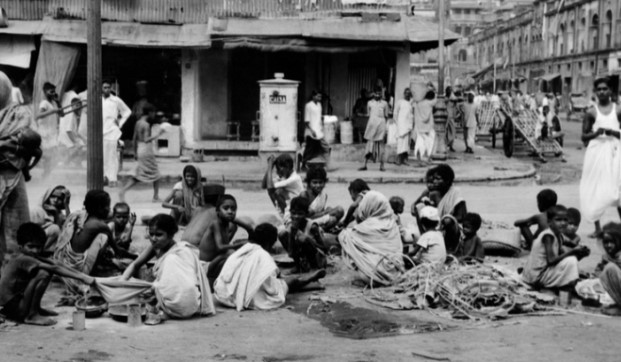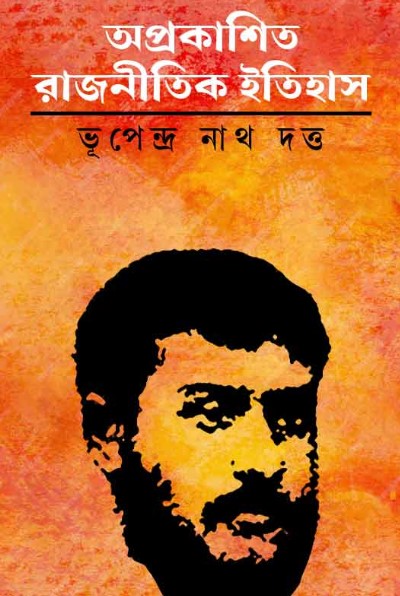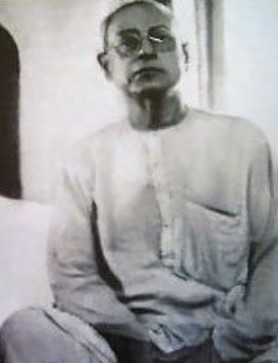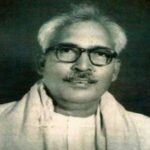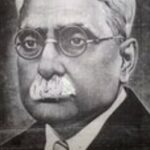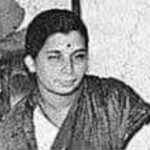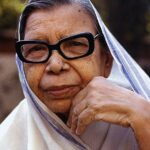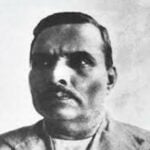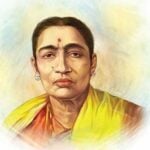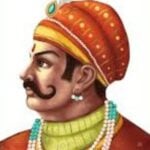Bhupendranath Datta Age, Death, Family, Biography
Quick Info→
Death Cause: Age Related Illness
Death Date: 25/12/1961
Age: 81 Years
| Bio/Wiki | |
|---|---|
| Nickname | Bhupen |
| Profession(s) | • Revolutionary • Freedom Fighter • Biological Anthropologist |
| Physical Stats | |
| Eye Colour | Black |
| Hair Colour | Salt and Pepper |
| Career | |
| Political Party | • Jugantar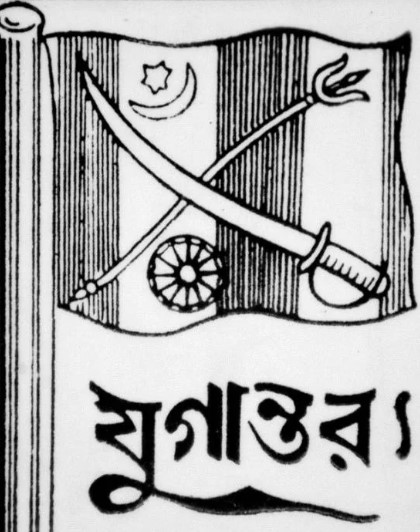 • Ghadar Party 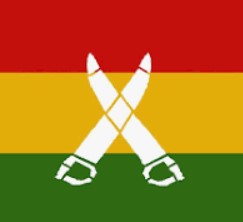 • Communist International 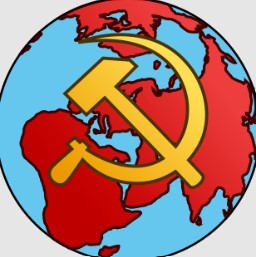 • AITUC 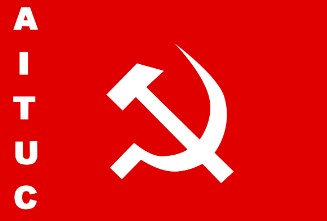 |
| Movement | Indian Independence Movement |
| Notable work | • Baishnaba Sahitye (in Bengali) • Bharatera Dvitiya Svadhinatara Samgrama: Aprakasita Rajanitika (in Bengali) • Bharatiya Samaja-Paddhati (in Bengali) • Dialectics of Hindu Ritualism • Studies in Indian Social Polity • Swami Vivekananda, Patriot-prophet: A Study |
| Personal Life | |
| Date of Birth | 4 September 1880 (Saturday) |
| Birthplace | Calcutta, Bengal, British India (now West Bengal, India) |
| Date of Death | 25 December 1961 |
| Place of Death | Calcutta, West Bengal, India |
| Age (at the time of death) | 81 Years |
| Death Cause | Age related illness |
| Zodiac sign | Virgo |
| Nationality | Indian |
| School | Ishwar Chandra Vidyasagar's Metropolitan Institution, Machuabazar, Kolkata |
| Hometown | Bengal, British India |
| College/University | • New York University, New York • Brown University, United States • University of Hamburg, Hamburg, Germany |
| Educational Qualification(s) | • Masters of Arts from Brown University, United States • PhD degree in anthropology from Hamburg University of Germany (1923) |
| Religion | Hinduism |
| Caste | Bengali Kayastha |
| Food Habit | Vegetarian |
| Controversy | Arrested by the British Police On 5 July 1907, Bhupen was arrested by the Bengal police. He was charged with preaching sedition through articles in Jugantar. He was sentenced to one year's imprisonment. |
| Relationships & More | |
| Marital Status (at the time of death) | Unmarried |
| Family | |
| Parents | Father- Vishwanath Datta (an attorney of Calcutta High Court) Mother- Bhubaneshwari Devi (homemaker) 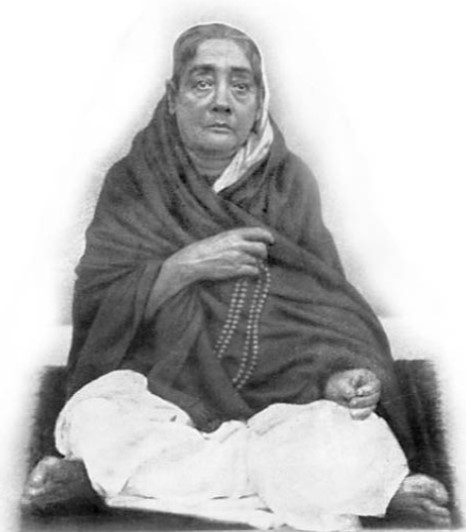 |
| Siblings | Brothers- 2 • Narendranath Datta (later known as Swami Vivekananda) (Hindu monk, philosopher, author, religious teacher) 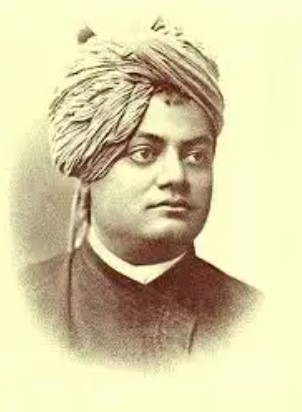 • Mahendranath Datta (writer) Sisters- 4 • Haramoni • Swarnamoyee 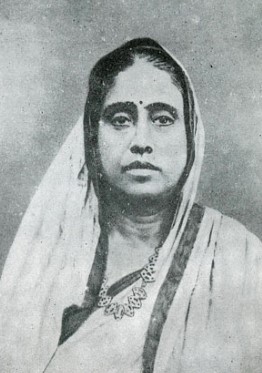 • Kiranbala • Jogindrabala Note: They were total nine siblings. |
| Other Relatives | Paternal Grandfather- Durgaprasad Datta Maternal Grandmother- Raghumani Basu |
Some Lesser Known Facts About Bhupendranath Datta
- Bhupendranath’s early life was spent in wealth, but this changed in 1884 when his father died. The family was forced out of their ancestral home by other relatives. They moved to his maternal grandparents’ home.
- When he was 22 years old, Bhupen faced another tragedy when his oldest brother, who had taken over the family’s responsibilities after their father’s death, passed away at 39.
- In his youth, he joined the Brahmo Samaj. His beliefs in a caste-less society, a single God, and opposition to superstitions were shaped by the Brahmo Samaj.
- Bhupendranath Datta joined the Indian independence movement and the Bengal Revolutionary Society formed by Pramathanath Mitra in 1902.
- In 1906, he became the editor of the newspaper Jugantar Patrika, the voice of the Revolutionary Party of Bengal, and became a close associate of Sri Aurobindo and Barindra Ghosh.
- After his release from jail in 1908, he went to the United States and stayed at ‘India House’ for some time.
- During his college days in the U.S., Bhupendranath Datta was influenced by his sociology professor, Lester F. Ward.
- In America, he joined the Bronx Park Socialist Club and attended lectures by American socialist leaders at the Rand School of Social Sciences.
- Bhupendranath Datta joined the Ghadar Party in California, where he studied socialism and communism.
- During World War I, he went to Germany and engaged in revolutionary and political activities.
- In 1916, he became the secretary of the Indian Independence Committee in Berlin and served in the position till 1918.
- Around 1917, as the war turned against Germany, Bhupendranath Datta visited Stockholm and tried to connect with the Russian Bolsheviks, hoping for their help to end British rule in India.
- He joined the German Anthropological Society in 1920.
- In 1921, Bhupendranath Datta went to Moscow to join the Communist International (Comintern), where he presented Vladimir Lenin with a research paper on India’s political conditions.
- In 1924, he joined the German Asiatic Society.
- The same year, Bhupendranath Datta returned to India and began organizing farming and labourer communities.
- He worked to bring a socialist influence to the Indian National Congress (INC) and raised awareness of farmers’ and labourers’ problems within the nationalist movement.
- His first political activity was participating in the Political Sufferers’ Conference in Gauhati in December 1926.
- After that, Bhupendranath Datta joined the Indian National Congress and served as a member of the Bengal Regional Congress from 1927 to 1928. He joined the All India Congress Committee in 1929.
- He then supported the newly formed Communist Party of India and participated in the Workers’ and Peasants’ Party (WPP).
- In 1927, Bhupendranath Datta attended the annual conference of the Workers’ and Peasants’ Party (WPP), where he met Nalini Gupta.
- He spread ideas of socialism and Marxism among the youth, often speaking about the Russian Revolution.
- Veteran Communist and trade union leader Dr Ranen Sen once recalled that Bhupendranath Dutta conducted political classes on Marxism for young revolutionaries. Many of these revolutionaries later joined the Communist Party of India (CPI) under his influence.
- Bhupendranath Datta was an influential leader. He delivered the presidential address at the Dacca District Youngmen’s Conference in 1927.
- On 12 November 1927, he wrote a letter to S. A. Dange regarding the first All India Socialist Youth Congress. Bhupendranath wrote that the Congress intended to recruit young men and women in India who held a Marxist approach, and they were welcome as the representatives of the party.
- A Socialist Youth Congress meeting was held on 27 December 1927 in Calcutta. As the chairman of the reception committee, Bhupendranath Datta drew the youth’s attention to Marxism and advised them to form study circles. Jawaharlal Nehru was the president of the event.
- He organized several trade unions at local and national levels.
- In 1927, he co-founded the Calcutta Tramways Workers’ Union and served as its president for several years.
- During the Bengal Nagpur Railway (BNR) strike of 1927, Bhupendranath Datta set up a camp in Kharagpur.
- At the beginning of 1928, the All Bengal Youth Association was formed with Bhupendranath as its president and main speaker at its conference.
- He participated in May Day rallies in Calcutta in 1928 and attended the Jharia session of AITUC in 1928, where he was elected as vice-president.
- During the Meerut Conspiracy Case (1929-33), the Communists got disconnected. In Calcutta, the ‘Indian Proletarian Revolutionary Party’ was formed. It included members like Panchu Gopal Bhaduri, Kali Ghosh, and Bankim Mukherjee, with whom Bhupendranath Dutta was closely associated.
- He became the president of several students’ conferences including the Khulna district students’ conference on 5 May 1929, the Burdwan district students’ conference on 17 August 1929, and the Faridpur students’ conference in June 1931. He urged students to follow Marxism.
- At the 1930 annual conference of the Indian National Congress in Karachi, Bhupendranath Datta proposed a fundamental right for Indian farmers. The application was accepted by the Congress Committee, which was led by Jawaharlal Nehru. Datta was the chairman of the two annual conferences of the All India Trade Union Congress and was arrested for his political activities.
- In 1930, he participated in the Civil Disobedience Movement and the Salt Satyagraha, being arrested multiple times.
- In April 1930, he delivered a speech at the Young Comrades’ League conference in Rajshahi. He encouraged many young men to shift from anarchism to communism.
- Famous Communist historian Chinmohan Sehanavis once praised Bhupendranath Datta for his training in Marxism, recalling his contact with him in 1933-34.
- Bhupendranath, Hiren Mukherjee, and Humayun Kabir attended the BPSF conference on 12 October 1936.
- He was active in many major movements including those of Kharagpur railway workers, BNR railway workers, and TISCO in Jamshedpur.
- He served as president of the Carters’ Union, which protected street hawkers and vendors and served as a president of the annual conferences of the Bengal Provincial Kisan Sabha from 1937 to 1940.
- Bhupendranath Dutta was the first president of Friends of Soviet Union (FSU), which was formed in 1941 by Professor Hiren Mukherjee with Bhupesh Gupta, Chinmohan, Gopal Haldar, and Jyoti Basu.
- He was associated with the Progressive Writers’ Association (PWA).
- Bhupendranath Datta was never a formal member of the CPI but regularly participated in its activities. He encouraged and recruited members to the party, including Somnath Lahiri.
- In 1943, during the Bengal Famine, he worked to organize community kitchens and provide relief across Bengal.
- Bhupendranath Datta translated many Marxist classics.
- Apart from being a freedom fighter, he was a noted author who is known for writing the book ‘Aprakashita Rajnitik Itihas’ (Unpublished Political History).
- After Independence, Bhupendranath Datta refused the freedom fighter pension offered by the government of India.
- He and his second brother lived quietly in their ancestral family home with some tenants, who provided their meals.
- Bhupendranath Datta was an active supporter of Marxism and a great scholar in various fields. He has many books and articles to his credit.
- In his later life, he highlighted the social and mass aspects of Swami Vivekananda and the Ramakrishna Mission.

